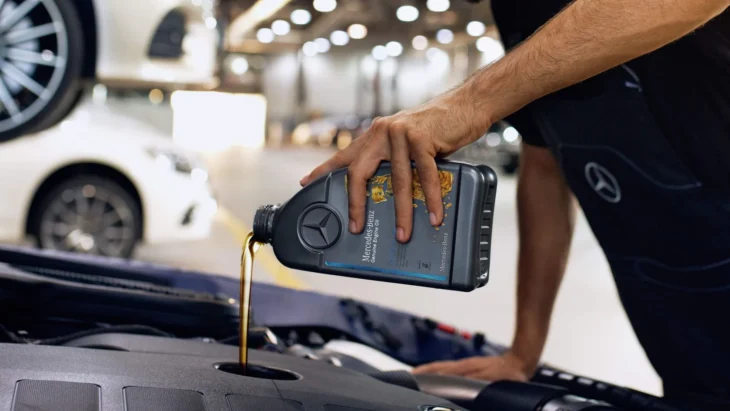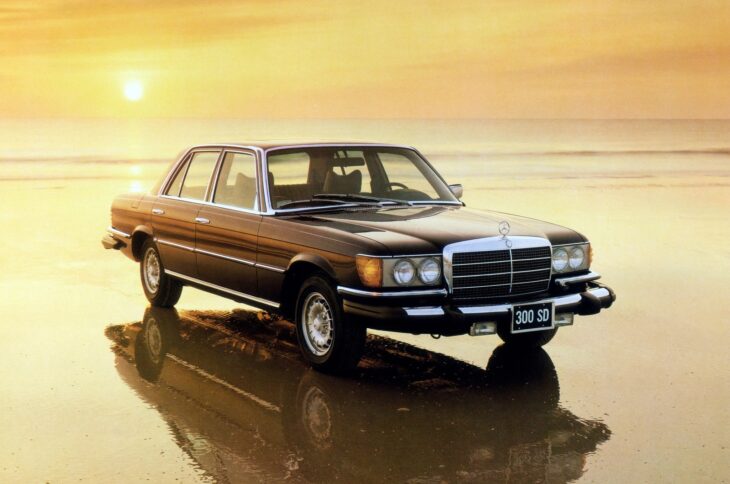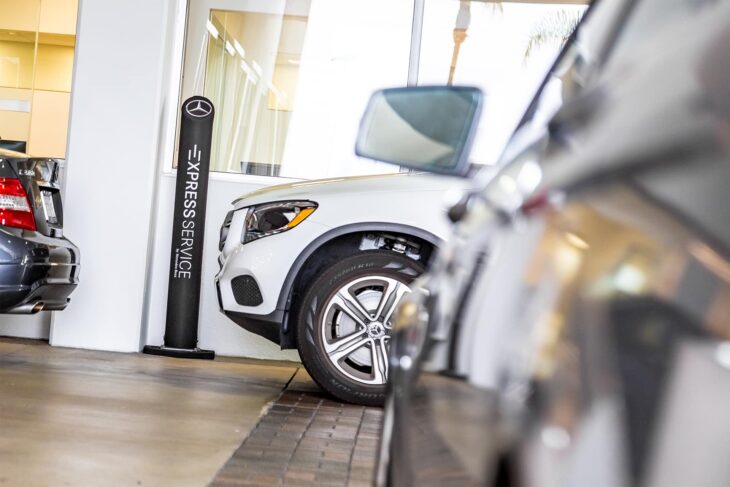The best-selling luxury automotive brand in the world needs no introduction. If you are thinking of buying one of the models from Mercedes-Benz’s extensive lineup, you’re probably looking for more than a mere status symbol. Unparalleled luxury, precision engineering, and innovative technology are what you’ll be getting.
However, the days of indestructible German luxury cars are long gone. New models tend to break down more often than models from three or four decades ago. That’s simply the way the automotive industry works nowadays. With that in mind, visit this site if you are looking for a Mercedes auto repair manual that can significantly lower maintenance and repair costs, which is vital if you’re shopping for a used car.
Mercedes-Benz ownership comes with several challenges, and here are some of the main reasons why owning a German luxury car can be a headache.

Source: thefinancebff.com
Contents
Value depreciation
Every new car will depreciate the moment you take it out of the dealership, but luxury cars depreciate the most. Needless to say, Mercedes-Benz is no different in that regard. An average Mercedes buyer can expect to lose as much as 50 percent of the initial value within five years of ownership. Considering how top-of-the-line models start in the six-digit territory and their resale value plummets with each day of ownership, one can easily buy two conventional family cars for the depreciation amount alone.
Maintenance and repair costs
The price of maintaining a Mercedes-Benz is higher than the price of maintaining an affordable brand. Depending on the model, the discrepancies can be exponential. Even a simple oil change in a Mercedes-Benz costs around $400 on average.
A used Mercedes-Benz might be more affordable than a comparable new one, but once it’s out of warranty, you’re in for an entirely new set of problems. Due to the complexity of onboard systems, post-warranty Mercedes-Benz repairs can quickly break the bank. Still, a Mercedes-Benz auto repair manual can go a long way in trimming these expenses considerably. Don’t already have one? Their manuals are super easy to use and will pay for themselves after the first oil change.

Source: mercedes-benz-mena.com
Specialized maintenance and servicing
Not every car mechanic is capable of maintaining and servicing a Mercedes-Benz. Not only do more advanced models require specially trained mechanics, but specialized tools as well, and finding a shop that employs both can be a daunting task. That’s especially true if you are further away from larger metropolitan areas. For instance, you won’t even be able to change a tire on your own without a specialized lug nut tool (although it usually comes with the vehicle).
Furthermore, you don’t want just anybody working on your expensive Mercedes-Benz as that could lead to a plummet in the already quickly diminishing resale value.
Parts availability
Every part in a Mercedes-Benz is custom-built, expensive, and sometimes hard to get. Furthermore, the German automaker has a specific list of OEM parts that are typically more expensive than their Japanese counterparts. They are also required if you want to retain at least some of the original car’s value.

Source: autocar.co.uk
Overengineering
The complexity of various systems in a typical Mercedes-Benz often goes beyond the scope of what’s typically desirable. While the various advanced systems provide numerous benefits, they’re also the ones driving the repair costs through the roof once something goes wrong. And it’s not just the price of spare parts, but the price and complexity of diagnostics and dismantling and assembling various systems. After all, there’s beauty in simplicity, and nothing’s simple when it comes to Mercedes-Benz—not even the Mercedes repair guide.
System Codependency
As an automotive leader in innovation, Mercedes-Benz has always been ahead of the curve when introducing game-changing features, whether they’re convenience or safety-related ones. However, the sheer number of different systems within a modern-day Mercedes-Benz has inevitably led to some illogical and somewhat annoying codependencies between them.
Examples include a rearview camera that doesn’t work unless the radio is turned on, automatic shift into “park” when passenger doors are opened at speeds slower than 5 mph, a front headrest that extends to the maximum height once the rear seat is declined, constant beeps and alerts from various driver’s aids, etc. While some of these codependencies are here for safety purposes, most of them are just annoying.

Source: mbofhenderson.com
Living on past glories
Mercedes-Benz is still (and always will be) one of the most coveted brands, offering unparalleled luxury paired with ultimate engineering sophistication. However, long gone are the days when the three-pointed stars sat atop with indestructible engines capable of traversing even as much as 500,000 miles without a need for a rebuild.
Modern Mercedes-Benz vehicles suffer from the same shortcomings typical to the auto industry, mainly parts outsourcing. It’s especially true with entry-level models, but even Mercs’ flagships are more prone to breakdowns than their predecessors.
Last Words
Mercedes-Benz cars are expensive to purchase, maintain and repair. Even if you’re a skilled mechanic and know your way around one, you’ll need specialized tools and parts and an up-to-date Mercedes-Benz shop manual.
While there are many reasons to buy a Mercedes-Benz, there are also a few against doing so. Simply put, there are more reliable and affordable alternatives out there, and if you’re not in a position to potentially invest thousands of dollars down the line only to keep your Benz running, then you’re probably better off buying something else.
